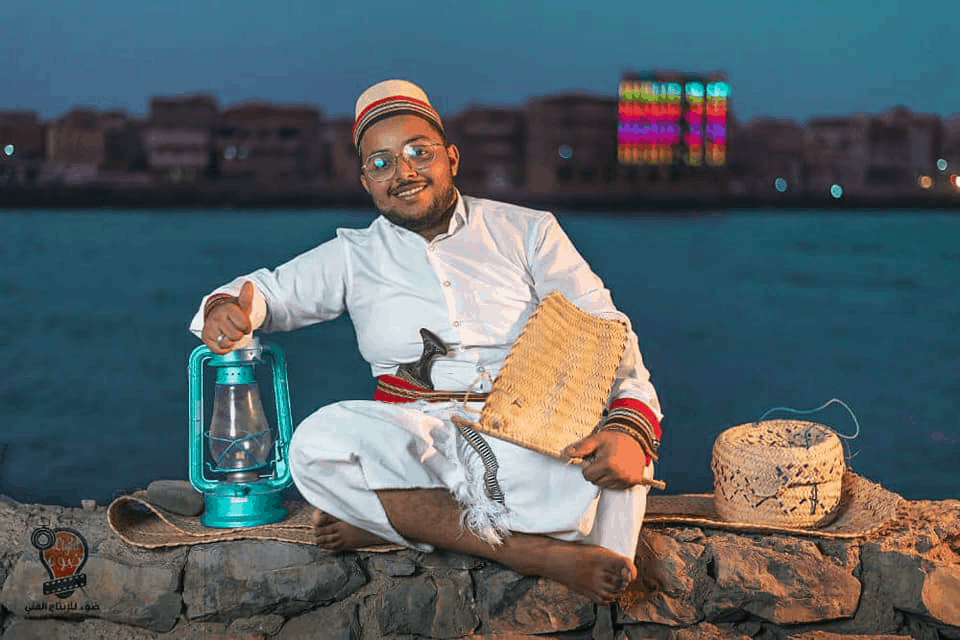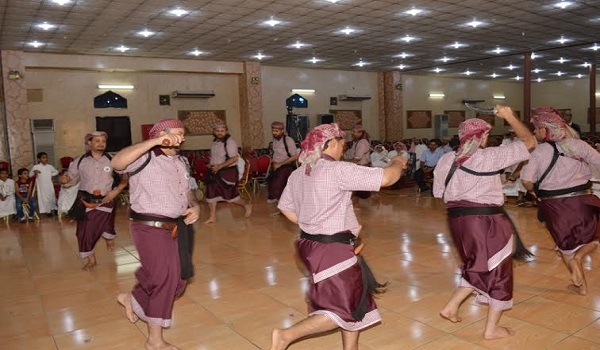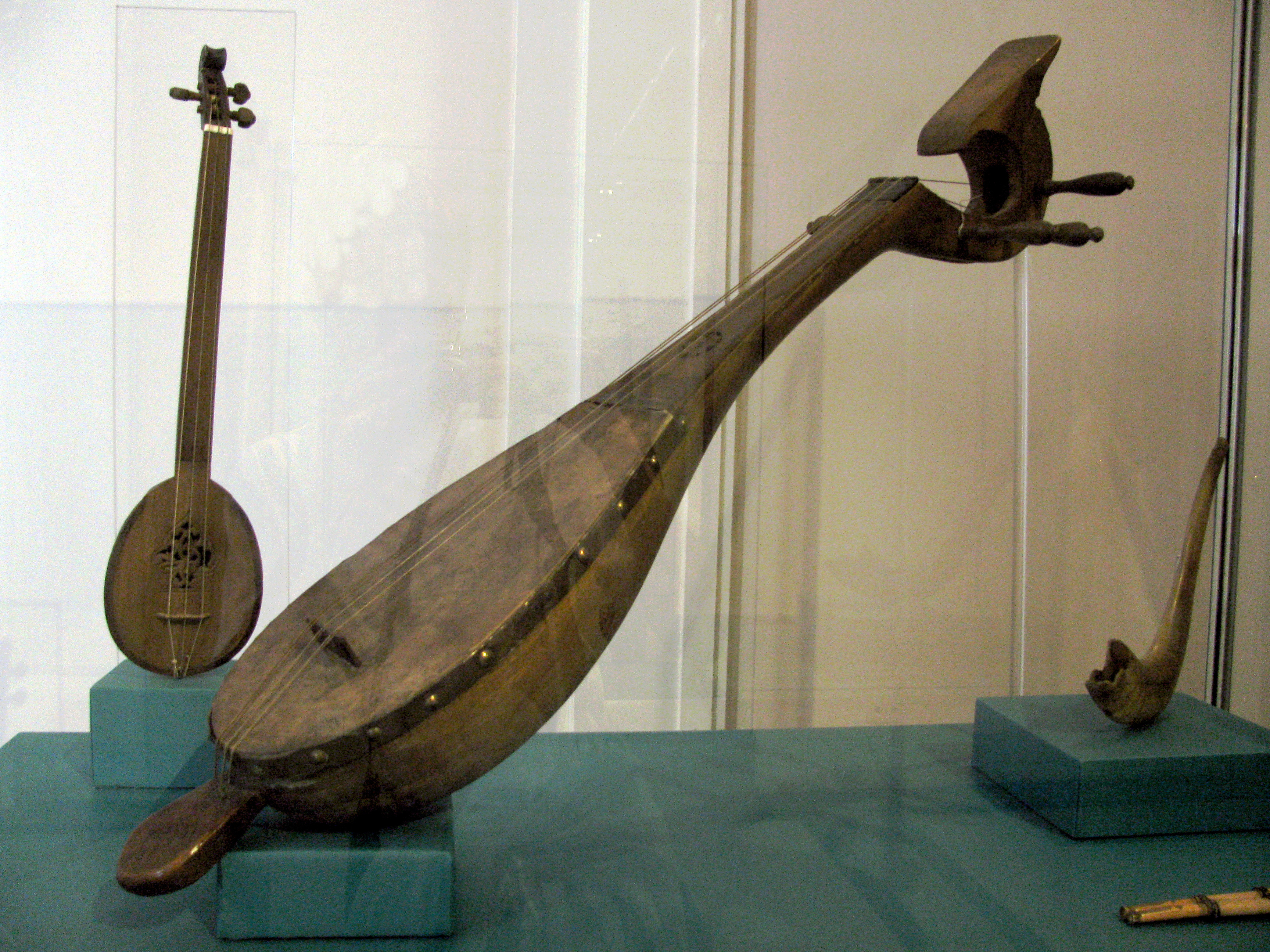Across Yemen’s geography, the arts differ with a multiplicity of local cultures and the diversity of their environment, whether lyrical music set to ancient instruments or dances accompanying these rhythms. Among the early references to the artistic diversity of the societies that lived in modern-day Yemen are cave inscriptions dating back to before Christ.
Along the coastal areas in the west and south of Yemen, and up to the heights of its interior mountains, songs and dances vary widely based on the demands geography has placed on local populations. They are part of the same genre or in some cases represent their own distinct genre, similar to the ways in which traditional clothes distinguish each area. Although many of the factors influencing this diversity have not been studied and analyzed, some of the known influences are geography, culture and social structure, as well as historical factors resulting from the mixing and convergence of different populations.
Here we will shed light on traditional urban lyrical songs, rural folk songs and dances that are widespread in Yemen. The term “color” is widely used in Yemen to express a particular genre.
The art of singing
Yemeni singing, which is memorized and circulated orally, has not received sufficient academic study to adequately identify and label the different attributes of local musical trends. By singing we mean the chanting of the human voice accompanied by musical instruments. The researcher Jaber Ali Ahmed divides the Yemeni lyrical heritage into two types:
- Folk songs originating in the countryside.
- Traditional songs arising in the city where all musical genres converge and are influenced by each other. As a result of this juxtaposition or interplay, the ideas of folk music gained prominence and benefited from new techniques and ideas and produced traditional genres.
Traditional musical instruments include the following:
- Yemeni oud or qanbus: a short-necked lute that originated in Yemen, called “Al-Turbi” in Sana'a.
- Tanbura (sesameya): a lyre-like stringed instrument that dates back to 1400 BC in ancient Greece.
- Oboes (woodwind flute-like instruments) of all kinds.
- The sahn: a brass percussion instrument frequently used with the qanbus in the Yemeni genre known as Muwashah.
- Drums such as the tabla, hajer and marawis.
It is important to point out the ancient record of musical instruments accompanying Yemeni songs. Inscriptions, especially those engraved on tombstones, show musical scenes that depict the use of various instruments in antiquity, especially percussion instruments such as the sesameya/tanbura. This evidence dates back to the 8th century B.C. Yemeni researcher Muhammad Barakat refers to the alabaster panel preserved in the National Museum of Ancient Yemeni Antiquities in Sana’a, which shows a person sitting on a high chair embracing a musical instrument resembling the ancient oud. He also refers to the archaeological inscription preserved in the Louvre museum dating back to the 2nd century A.D., carved on limestone, which shows a feast with a pear-shaped lute.



